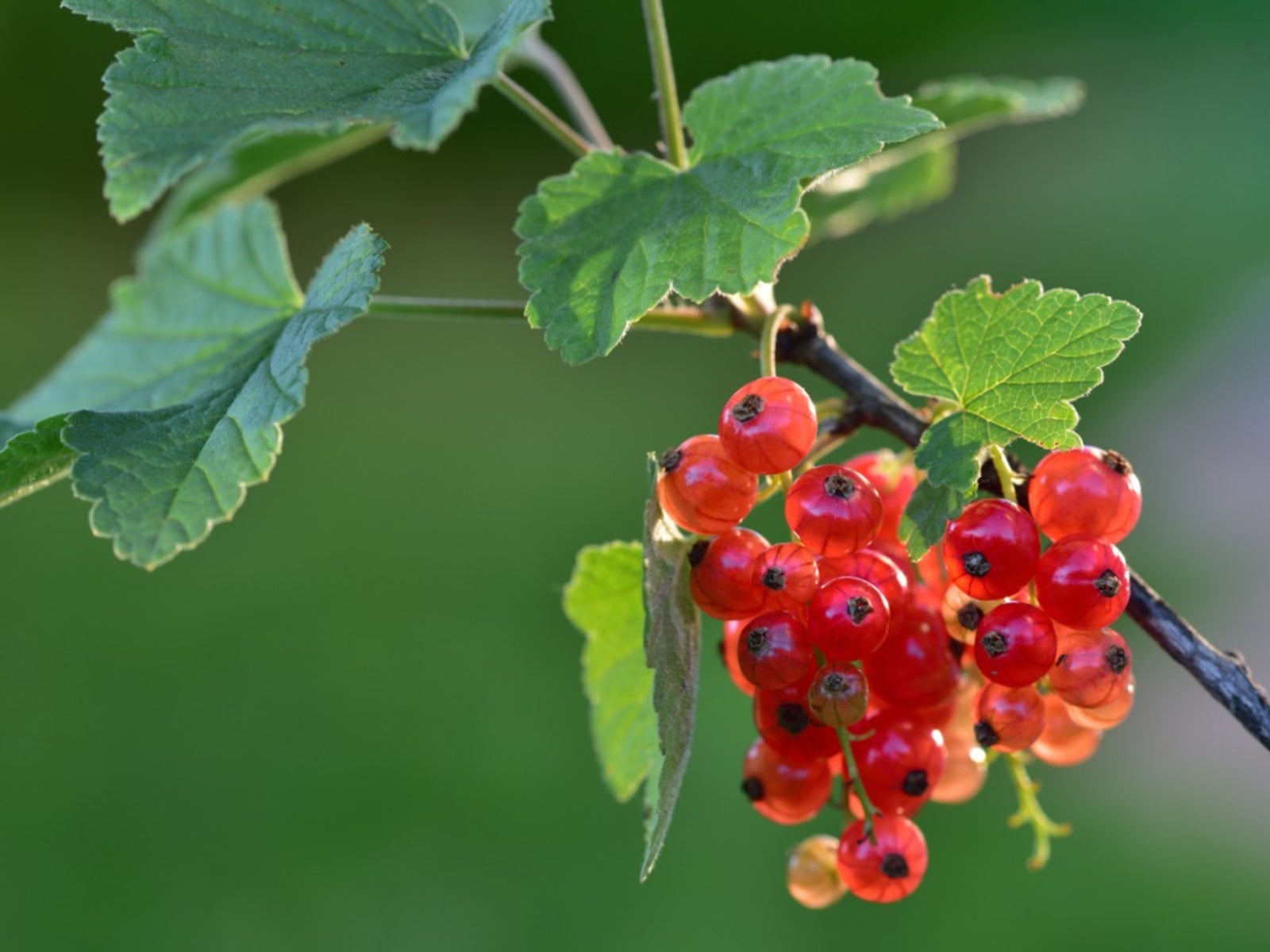Currant Shrubs: Learn How To Grow Currants In Gardens


Ornamental as well as practical, currants are an excellent choice for home gardens in northern states. High in nutrition and low in fat, it's no wonder currants are more popular than ever. Although they are usually used in baking, jams, and jellies because of their tart flavor, some types are sweet enough to eat right off the bush.
What are Currants?
Currants are small berries that pack a lot of nutrition. According to the USDA Nutrition Handbook, they have more vitamin C, phosphorous, and potassium than any other fruit. In addition, they are second only to elderberries in iron and protein content, and they are lower in fat than any fruit except nectarines. Currants come in red, pink, white, and black. Reds and pinks are used primarily in jams and jellies because they are quite tart. Whites are the sweetest and can be eaten out of hand. Dried currants are becoming increasingly popular as a snack. Some currant shrubs are attractive enough to plant in a shrub or flower border.
How to Grow Currants
There are restrictions on growing currants in some areas because they are susceptible to white pine blister rust, a disease that can devastate trees and agricultural crops. Local nurseries and agricultural extension agents can help you with information about restrictions in your area. These local resources can also help you choose the variety that grows best in the area. Always ask for disease-resistant varieties. Currant bushes can pollinate their own flowers, so you only have to plant one variety to get fruit, although you'll get bigger fruit if you plant two different varieties.
Care of Currant Bushes
Currant bushes live 12 to 15 years, so it's worth taking the time to prepare the soil properly. They need well-drained soil with plenty of organic matter and a pH between 5.5 and 7.0. If your soil is clay or sandy, work in lots of organic matter before planting, or prepare a raised bed. Currants grow well in sun or partial shade and appreciate afternoon shade in warm climates. Currant shrubs prefer the cool conditions in USDA plant hardiness zones 3 through 5. Plants may drop their leaves when temperatures exceed 85 degrees F. (29 C.) for an extended period of time. Plant currants slightly deeper than they grew in their nursery container, and space them 4 to 5 feet (1-1.5 m.) apart. Water thoroughly after planting and apply 2 to 4 inches (5-10 cm.) of organic mulch around the plants. Mulch helps keep the soil moist and cool and prevents competition from weeds. Add additional mulch every year to bring it up to the proper depth. Water currant shrubs regularly to keep the soil moist from the time they begin growing in spring until after harvest. Plants that don't get enough water during spring and summer may develop mildew. Too much nitrogen also encourages diseases. Give them only a couple of tablespoons (30 ml.) of 10-10-10 fertilizer once a year in early spring. Keep the fertilizer 12 inches (31 cm.) from the trunk of the shrub. Pruning currant shrubs annually is helpful for the plant as well in both maintaining its form and inducing a bigger, healthier harvest each year.
Sign up for the Gardening Know How newsletter today and receive a free copy of our e-book "How to Grow Delicious Tomatoes".

Jackie Carroll has written over 500 articles for Gardening Know How on a wide range of topics.